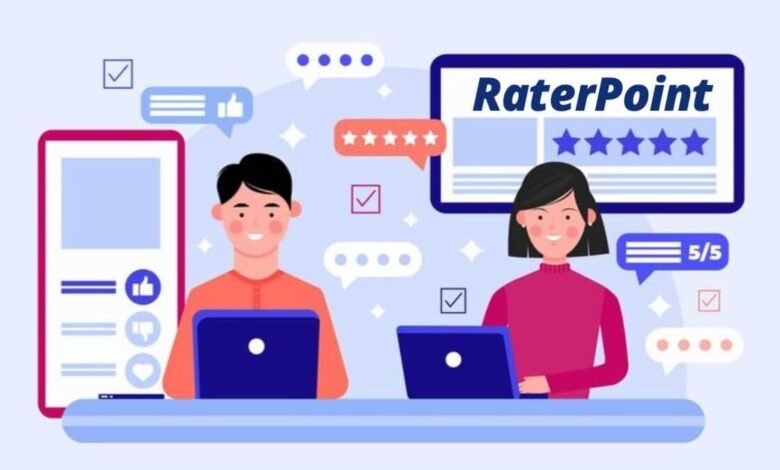Raterpoint: Revolutionizing Feedback Systems in the Digital Age

Introduction
In an era where data-driven decisions shape industries, Raterpoint has emerged as a groundbreaking platform transforming how businesses and individuals collect, analyze, and act on feedback. Whether it’s customer reviews, employee performance evaluations, or service ratings, Raterpoint offers a streamlined, AI-powered solution that goes beyond traditional five-star systems. But what makes Raterpoint different from other feedback tools? How does its technology enhance accuracy and usability? And why are companies across sectors rapidly adopting this platform? This article explores Raterpoint’s innovative approach to feedback management, its key features, and the impact it’s having on industries from e-commerce to human resources.
1. The Problem with Traditional Feedback Systems
For decades, businesses have relied on simplistic rating mechanisms—think star ratings or “yes/no” surveys—that often fail to capture nuanced opinions. These systems suffer from bias, limited context, and low engagement, leaving companies with vague data that’s hard to interpret. A restaurant might receive three stars without explanation, or an employee evaluation might reduce complex performance to a number. Raterpoint addresses these flaws by introducing multi-dimensional feedback, where users can rate specific attributes (e.g., “product quality,” “delivery speed”) and add detailed comments. Its AI also detects sentiment and trends, turning raw data into actionable insights.
2. How Raterpoint Works: AI and Beyond
Raterpoint’s core innovation lies in its adaptive questioning and machine learning analysis. Unlike static surveys, the platform dynamically adjusts follow-up questions based on initial responses. For example, if a customer rates a hotel stay poorly, Raterpoint might prompt for details about cleanliness, staff behavior, or amenities—pinpointing exact pain points. Behind the scenes, its NLP (Natural Language Processing) engine scans text feedback for recurring themes, flagging urgent issues like “billing errors” or “defective products.” Companies receive real-time dashboards with heatmaps of strengths and weaknesses, prioritized by impact on customer satisfaction or employee morale.
3. Industry Applications: Where Raterpoint Shines
-
Retail & E-commerce: Brands use Raterpoint to analyze product reviews at scale, identifying which features delight or disappoint customers.
-
HR & Workforce Management: Managers leverage 360-degree feedback tools to assess team dynamics, with AI highlighting coaching opportunities.
-
Healthcare: Hospitals gather patient experience data, tracking everything from wait times to bedside manner with HIPAA-compliant tools.
-
Gig Economy: Platforms integrate Raterpoint’s API to rate drivers, freelancers, or hosts more fairly, reducing arbitrary low ratings.
Each sector benefits from customizable templates and benchmarking against industry standards.
4. The Psychology Behind Better Feedback
Raterpoint’s design incorporates behavioral science to boost response rates and honesty. Techniques include:
-
Gamification: Users earn badges for leaving detailed feedback, creating a sense of achievement.
-
Anonymity Options: Employees or customers can share candid input without fear of repercussions.
-
Smart Timing: Surveys are triggered at optimal moments (e.g., post-purchase for shoppers, post-project for teams).
This approach yields 40% more responses than traditional methods, with deeper qualitative insights.
5. The Future of Raterpoint: Predictive Analytics and Integration
Raterpoint’s roadmap includes predictive scoring, where AI forecasts future satisfaction based on historical data—helping businesses proactively address risks. Partnerships with CRM (Customer Relationship Management) and ERP (Enterprise Resource Planning) systems will embed feedback directly into operational workflows. Meanwhile, its “Voice-to-Rate” feature (currently in beta) allows verbal feedback via smart speakers, expanding accessibility.
Conclusion: Beyond Ratings, Toward Real Impact
Raterpoint isn’t just another feedback tool; it’s redefining how organizations listen and adapt. By combining AI, behavioral insights, and sector-specific customization, it turns subjective opinions into strategic assets. In a world where customer and employee expectations evolve rapidly, platforms like Raterpoint aren’t just useful—they’re essential for staying competitive.



